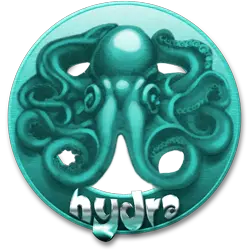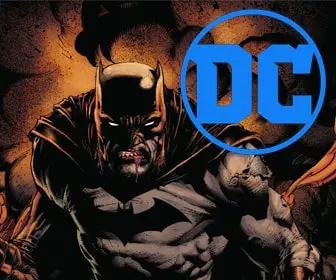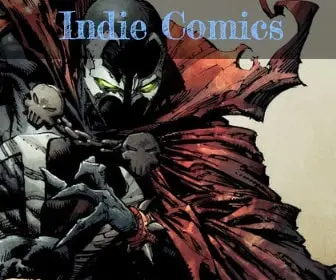
The Anatomy of a Comic Book: Exploring the Art of Sequential Storytelling
Comic books are a unique form of visual storytelling that combines art and text to create engaging narratives. At the heart of every comic book is a carefully crafted structure that brings the story to life, guiding readers through the narrative in a way that is both immersive and easy to follow. In this article, we will break down the components of a comic book, including panels, gutters, and speech balloons, and explain how they work together to create engaging visual narratives.

- Panels: The Building Blocks of a Comic Book
Panels are the individual frames or boxes that make up a comic book page, each containing a single moment or action within the story. Panels can vary in size, shape, and layout, depending on the desired pacing, emphasis, or mood. For example, larger panels can be used to highlight significant moments or convey a sense of scale, while smaller panels can create a sense of rapid movement or urgency.
- Gutters: Guiding the Reader’s Eye
Gutters are the spaces between panels on a comic book page, serving as the visual “breaks” that separate one moment from the next. They play a crucial role in guiding the reader’s eye through the narrative, helping to establish the flow and pace of the story. The size and arrangement of gutters can influence the reader’s experience, with wider gutters slowing down the pace and narrower gutters creating a more rapid or seamless transition between panels.
- Speech Balloons: Giving Voice to Characters
Speech balloons (or speech bubbles) are the visual containers for dialogue, thoughts, and other forms of text within a comic book. They come in various shapes and styles, each conveying different types of information or emotions. For example, a jagged-edged balloon may indicate shouting or anger, while a cloud-like balloon can signify thoughts or telepathic communication. The placement and arrangement of speech balloons within a panel help guide the reader through the dialogue, creating a natural flow that mimics the rhythm of spoken conversation.
- Captions: Adding Context and Narration
Captions are boxes or lines of text that provide additional information, context, or narration to a comic book story. They can be used to establish the setting, describe a character’s inner thoughts, or provide commentary on the events unfolding within the panels. Captions are an essential tool for comic book creators, allowing them to convey information that may not be readily apparent through the visuals alone.
- Visual Elements: Creating a Cohesive Narrative
The artwork within a comic book plays a vital role in establishing the tone, mood, and atmosphere of the story. Elements such as color palette, line work, and character design all contribute to the overall aesthetic and emotional impact of the narrative. Additionally, the use of visual techniques such as perspective, foreshortening, and shading can create a sense of depth and dimension, bringing the characters and environments to life on the page.
The anatomy of a comic book is a complex and intricate system of components that work together to create engaging visual narratives. By understanding the roles of panels, gutters, speech balloons, captions, and visual elements, readers can gain a deeper appreciation for the art of sequential storytelling and the skillful craftsmanship that goes into creating compelling comic book stories.










